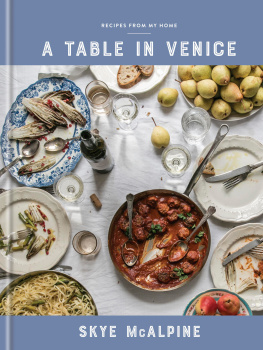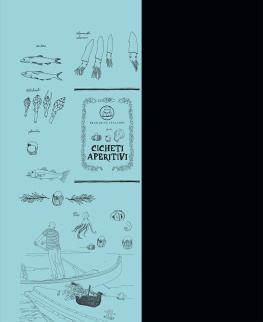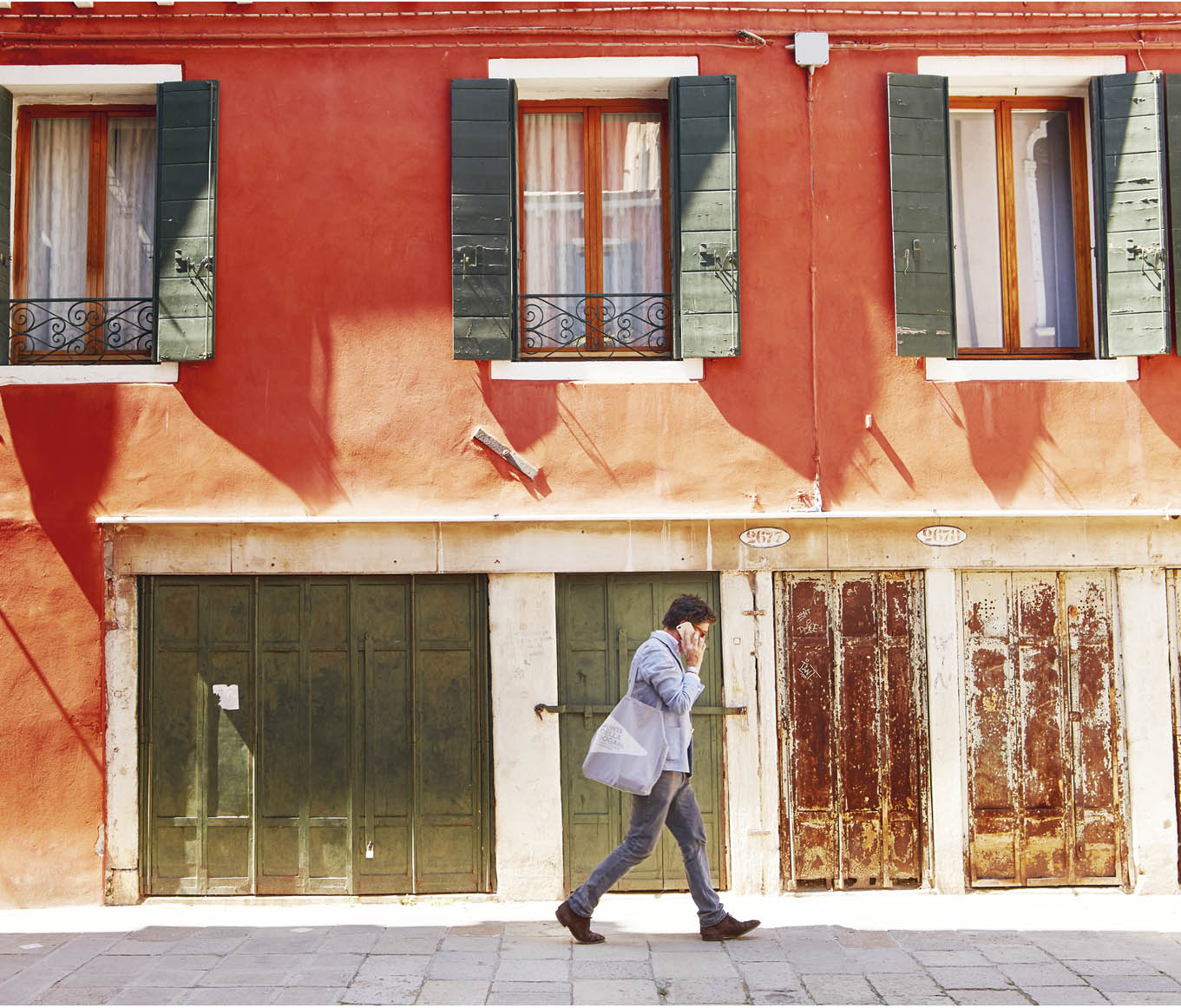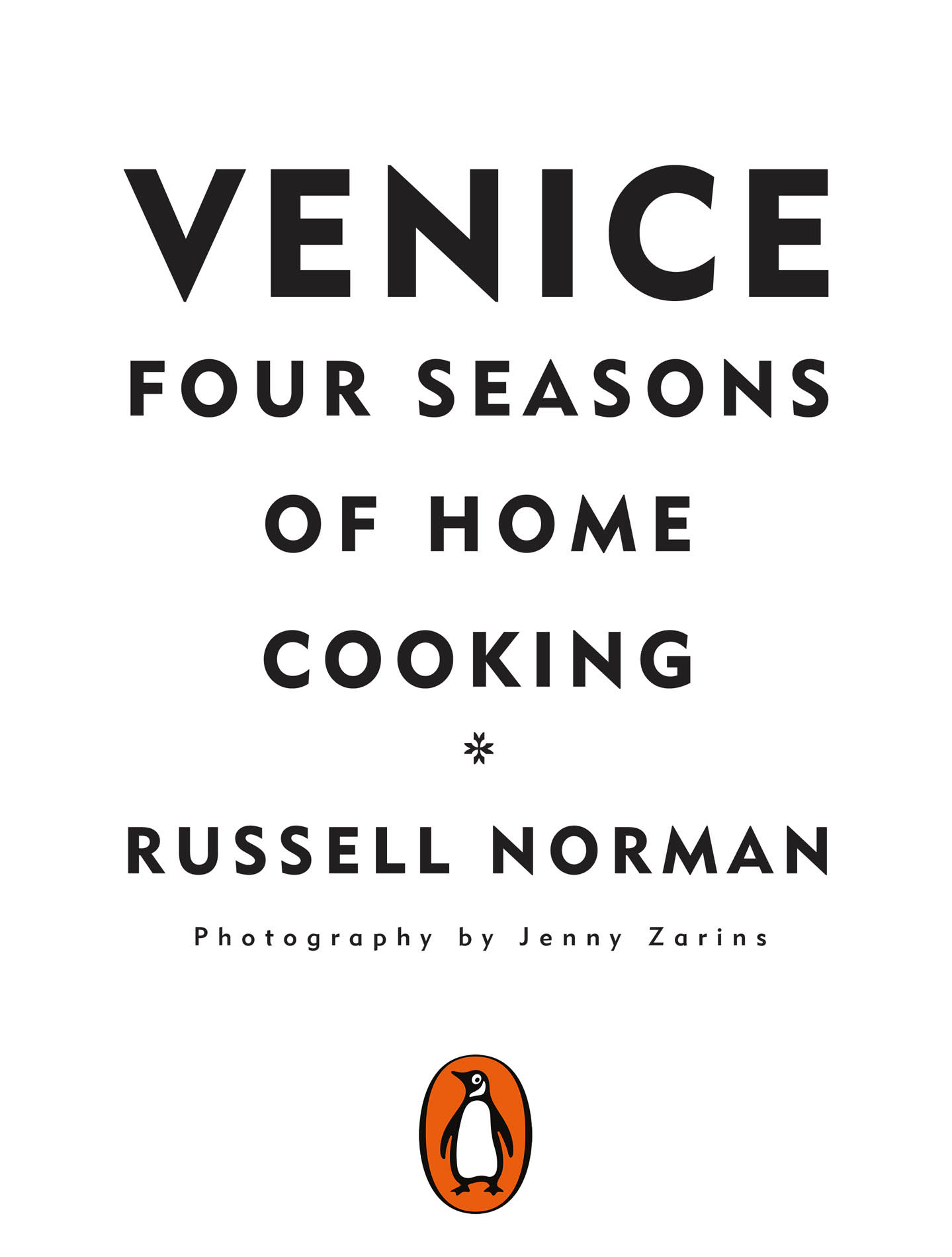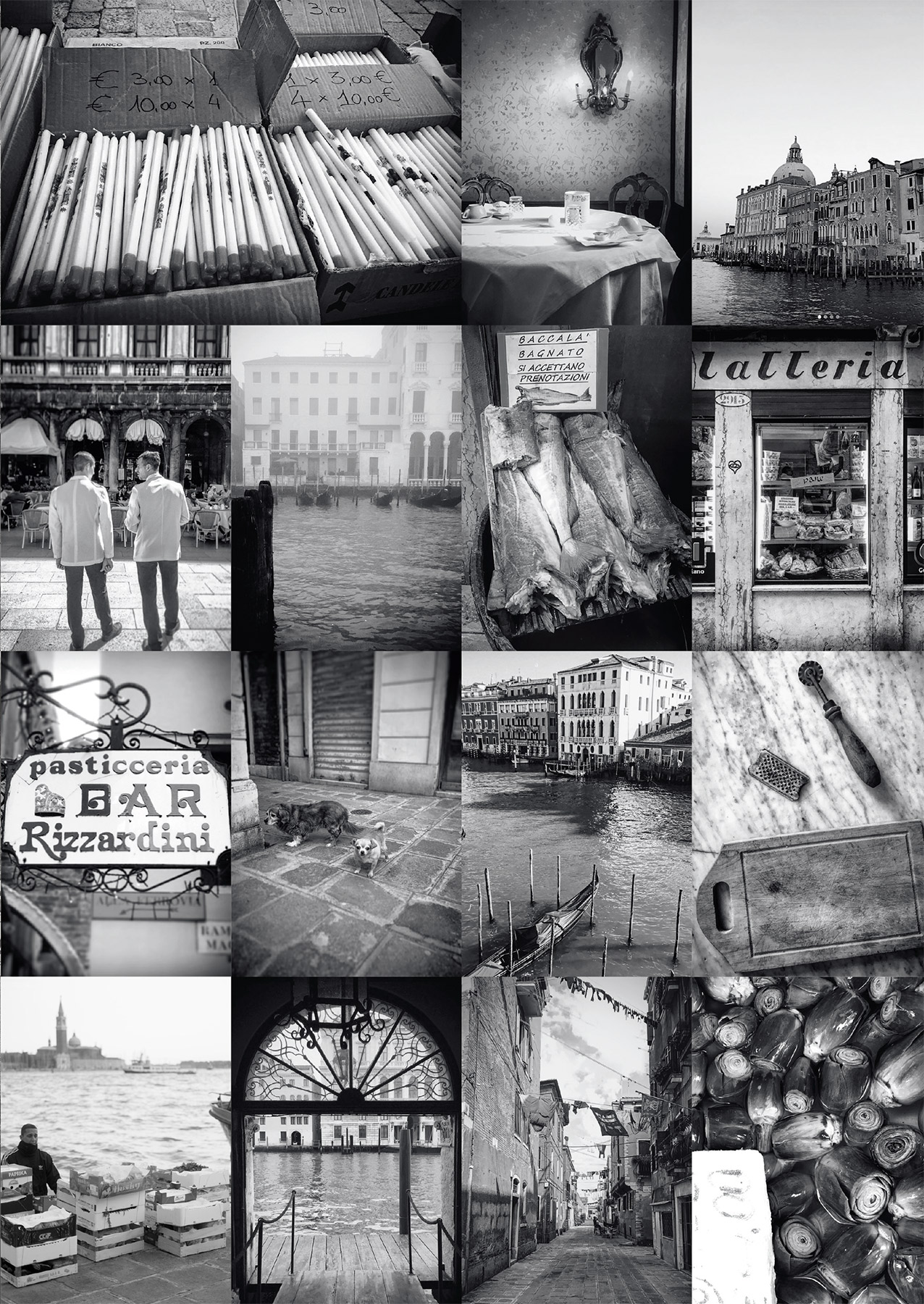The way to enjoy Venice is to follow the example of these people and make the most of simple pleasures.
Henry James
FIG TREE
UK | USA | Canada | Ireland | Australia
India | New Zealand | South Africa
Fig Tree is part of the Penguin Random House group of companies whose addresses can be found at global.penguinrandomhouse.com.
First published 2018
Copyright Russell Norman, 2018
Photography Jenny Zarins, 2018
Photography Russell Norman, 2018
The moral right of the author has been asserted
Quotation by kind permission of Stephen Bayley
Quotation copyright Erica Mann Jong, 1987, 2018
All rights reserved
Cover images by Jenny Zarins
ISBN: 978-0-241-29992-0
PROLOGUE
Venice, August 1986
It is late. I am sitting with friends outside a restaurant in Giardini, a residential neighbourhood on the eastern edge of Venice. The night sky still glows pink from the dying day, and swifts wheel and chirp in the warm air above us.
I catch the waiters eye and hold up our empty wine jug. I really dont want this night to end. It is my last day in the city. I have spent three weeks here and tomorrow I must travel back to England.
Venice bewitches. Like many before me, I have been seduced by its art, architecture, poetry and beauty. But there is something else. As I pack my bags and prepare to catch the waterbus to the train station, I sense unfinished business: its the neighbourhood thats got me, not the city.
Travelling along the Grand Canal, I know I will be back. But what I dont realize is that, despite many trips to Venice over the coming decades, it will take me thirty years to return to Giardini.
INTRODUCTION
One of the great pleasures of foreign travel is exploring food markets, ogling butchers windows, marvelling at the variety of ingredients and produce. One of the great frustrations, however, is not being able to buy it all, take it home and cook. Hotels, as convenient and pleasurable as they are, do not have en-suite kitchens, so my natural instincts as an amateur chef and jobbing restaurateur are continually thwarted.
Nowhere have I felt this more keenly than in Venice. My connection with the city is both personal and professional, and in recent years the frequency of my visits has increased. This has only served to emphasize the frustration. My hotel of choice for several years has been a small, humble and dilapidated pensione, a guesthouse on the southern tip of Dorsoduro, perched on the edge of the Giudecca Canal. It is beautiful in the manner of so much of Venice, having a faded elegance and an easy charm that has certainly helped me to feel at one with my surroundings. But, apart from eating in restaurants and, when I am particularly fortunate, in friends houses, my culinary connectedness has faltered. I have only ever been able to eat in the city like a tourist or as a house-guest. I have never been able to go to the markets in the morning, engage with the stallholders, choose the inkiest cuttlefish or the plumpest peaches, the brightest sardines or the purplest artichokes, and march home to prepare the evening meal. In other words, Ive never been able to cook like a Venetian.
A couple of years ago I found myself back in the residential neighbourhood of Giardini. It was one of those glorious evenings that only Venice can deliver: expansive bruised skies with silhouetted bell towers on the horizon, lights from boats reflected on the surface of the lagoon, the sound of water lapping on the fondamenta. I was transported back thirty years and was overcome with a disorientating sense of dj vu.
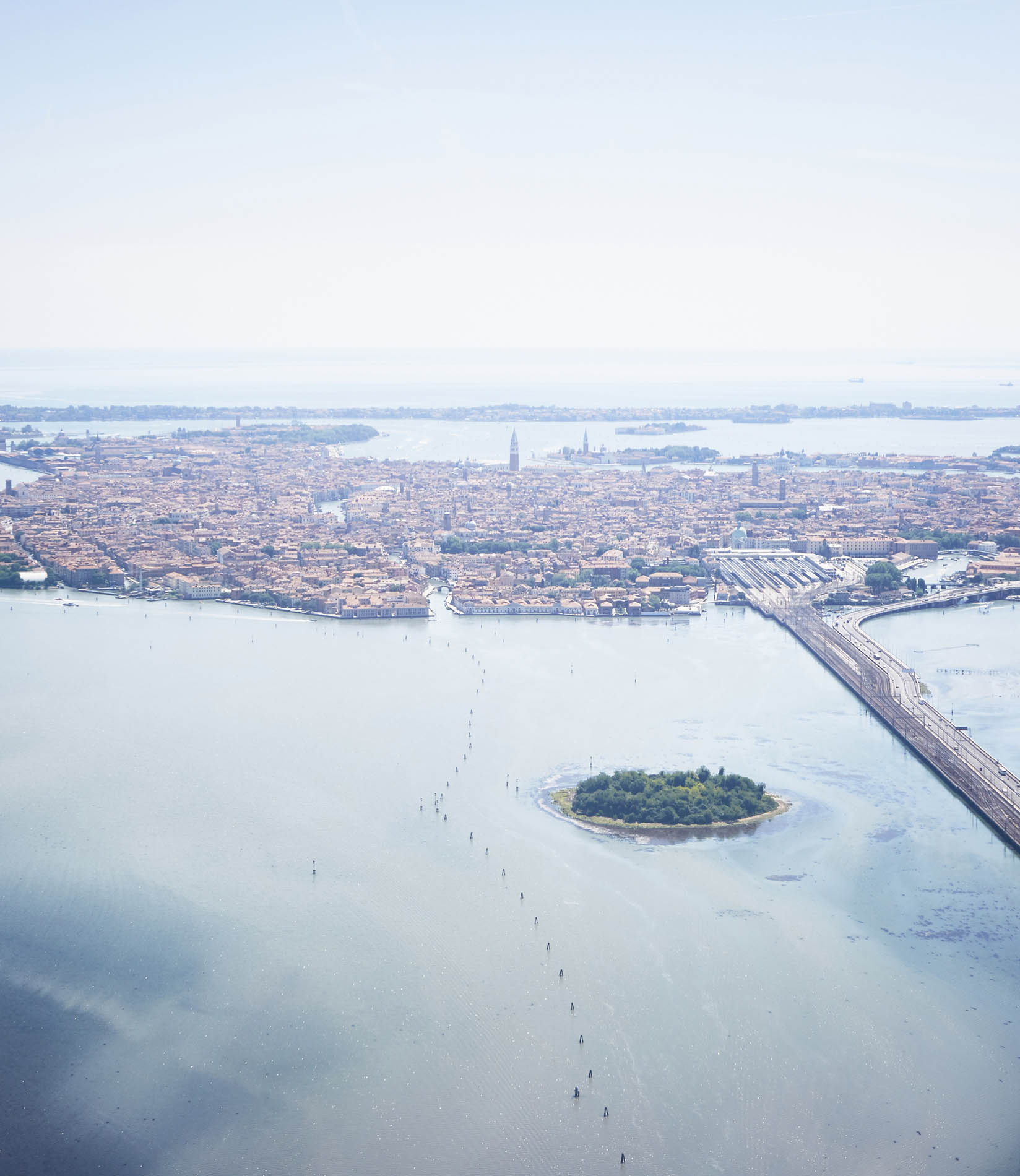
Later, over a simple supper of risotto in a Venetian friends kitchen, I had a bit of an epiphany. What would it be like to live and write in one of the most visited cities in the world and experience it like a local? Go to the same markets, buy the same cuts of meat, choose the same fish and seafood, carry home the same vegetables, and effectively immerse oneself in the gastronomic heart of one of the least known and most misunderstood food cultures in Europe? Additionally, knowing what I did about the way Venetians celebrate seasonal ingredients and the dramatically changing nature of the markets, month to month, I reckoned that if I were to take on that challenge I would need to write about buying, preparing, cooking and eating in real time, over the course of four seasons, in a real Venetian kitchen.
The location of this realization was significant. Much has been written about those Venetian classics found in the citys handful of excellent restaurants (and even in many of the poor ones, too) and in the growing number of cookery books that champion the food of the region. Fewer column inches, however, have been devoted to the genuine home cooking of Venice, the sort I was experiencing that evening in Giardini.
The difference between home cooking and restaurant food is often just a question of attitude. The former is heartfelt and generous, born of love, warmth, tradition and a sense of abundance. The latter counts precision, consistency and expertise among its virtues. Not being a professional chef myself, I have always had a preference for home cooking, holding gingham-aproned grandmothers in far higher esteem than white-jacketed pros. Along with the honesty you find in a domestic kitchen, you will often discover a startling absence of written recipes, many existing only in the memory of the home cook. It is this oral tradition, with family favourites passed down verbally from generation to generation, that I hoped would form the basis of my exploration, too.
So, my adventure begins in October, a beautiful month in Venice when the days can still be as warm as toast and the markets are at that beguiling threshold between summer and autumn, meaning you can still get wonderful tomatoes but you also see the first radicchio and pumpkins coming from Chioggia and rural Veneto. I have rented a small apartment in a narrow street that forms part of the residential grid just north of the gardens at Giardini. There is a communal altar in the tiny open courtyard where brightly painted mannequins of Jesus Christ and the Virgin keep an eye on the close-knit community. Candles are lit in the evenings and sometimes my new neighbours come out of their houses and sing songs of thanks and praise.
The apartment is humble and sparsely furnished but has a glorious terrazzo floor, bare brick walls in the kitchen and a balcony wide enough to take a single chair. What more could I ask for? As long as I have an outside spot to sit in the sun and shell fresh peas, I know I will be happy. Importantly, I am very close to Via Garibaldi, the main shopping street of the neighbourhood. In my immediate vicinity, there are three greengrocers (one of whom trades from a floating barge), three butchers, two fishmongers, a bakery, an

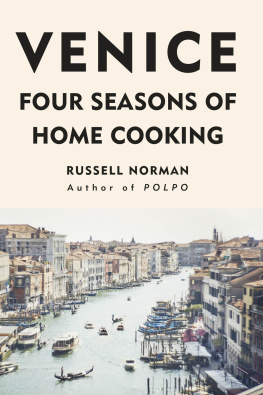
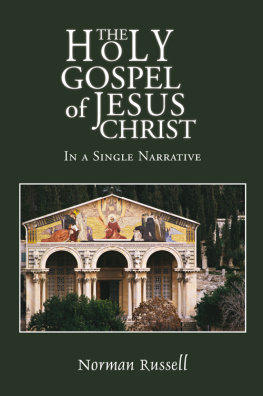
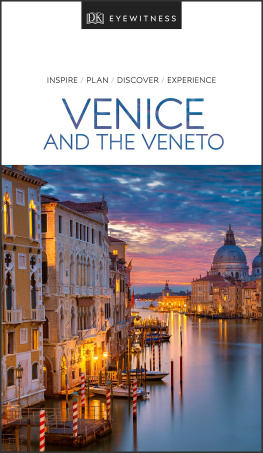

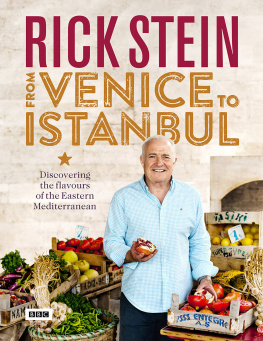
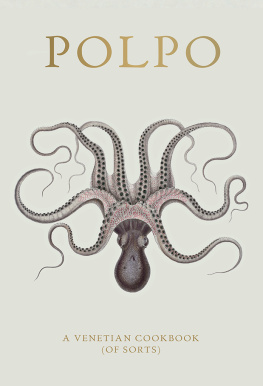
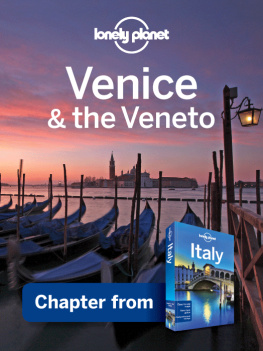
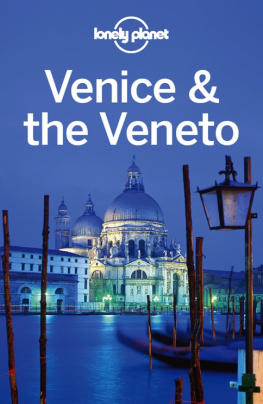
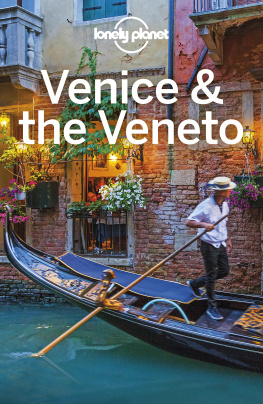
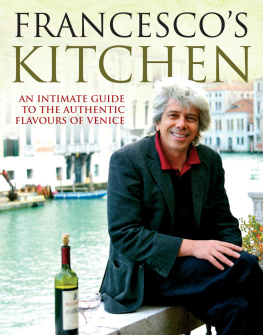
![Bosworth - Italian Venice: a history[Electronic book]](/uploads/posts/book/194557/thumbs/bosworth-italian-venice-a-history-electronic.jpg)
